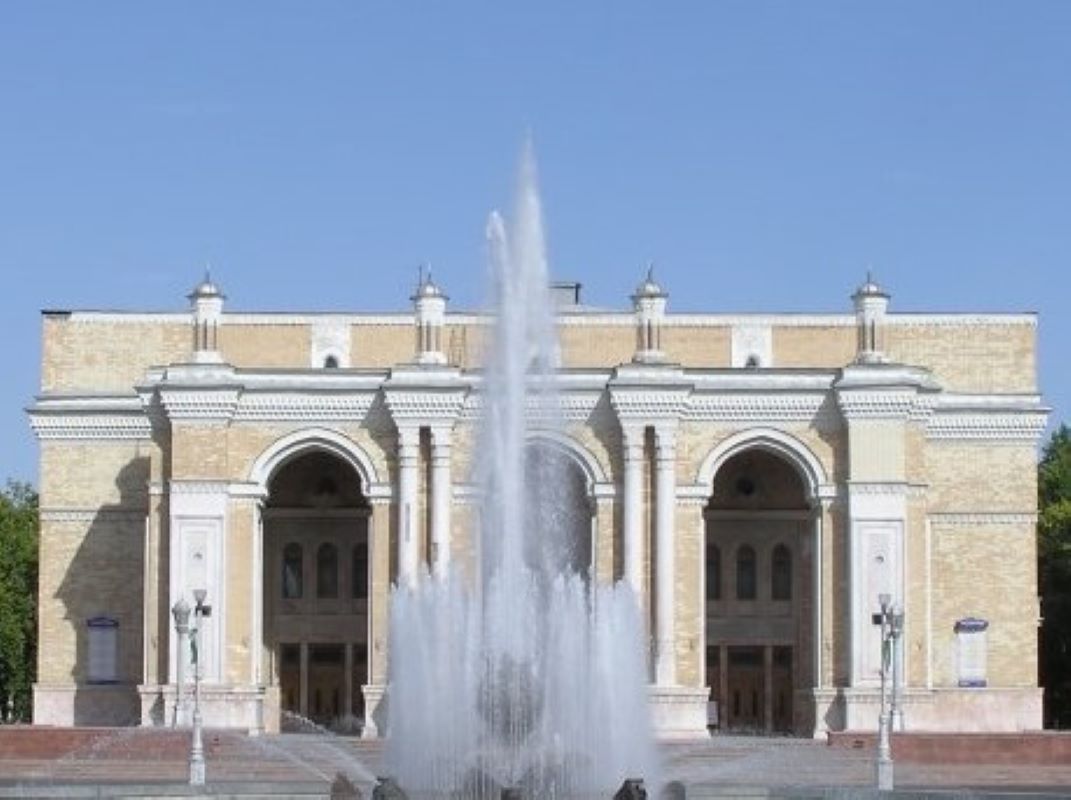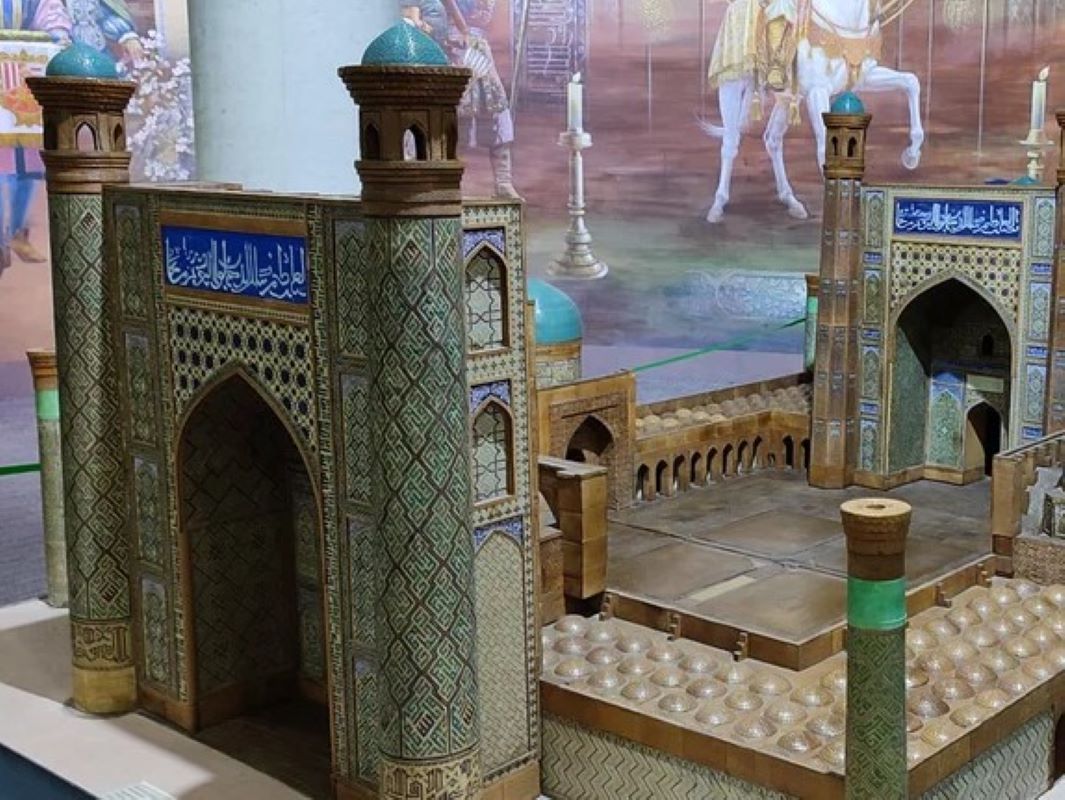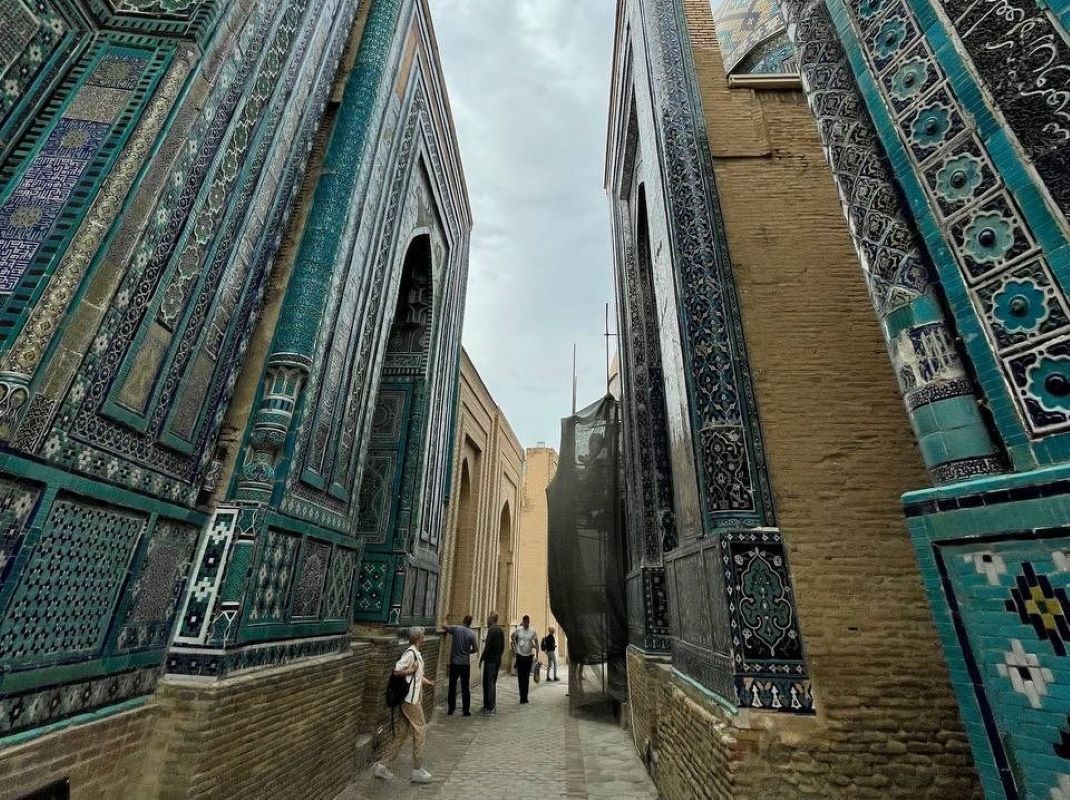Theater Square with its shady chestnut alleys, well-groomed flowerbeds and cooling fountains has been for a long time one of the favorite rest places of Tashkent’s residents. In the center of the square stands the building of the Alisher Navoi Opera and Ballet Theatre. Its appearance elegantly blends the design philosophy of a classical theater building and traditions of oriental architecture. Huge slightly pointed main entrance arches on massive abutments remind you of the shady ayvan-terraces of Asian madrasah-schools. High portal with a stalactite cornice is topped with little turrets that are similar to those decorating upper parts of Bukhara minarets. The elaborate design of the building, the combination of shade and light in the loggias covered by deep arches, the decorative engravings on polished Gazgan marble against brickwork – all these give an unforgettable impression… Thus it is not without reason that the picture of the theater is sometimes used as a “visiting card” of Tashkent.
The Alisher Navoi State Academic Bolshoi Opera and Ballet Theater is deservedly considered the leading theater of Uzbekistan, its national pride, and an attractive center of musical and theatrical culture. It has a glorious history, rich in wonderful traditions. The theater absorbed all the richness of the national and world classical heritage and created unique examples of Uzbek musical and scenic art.
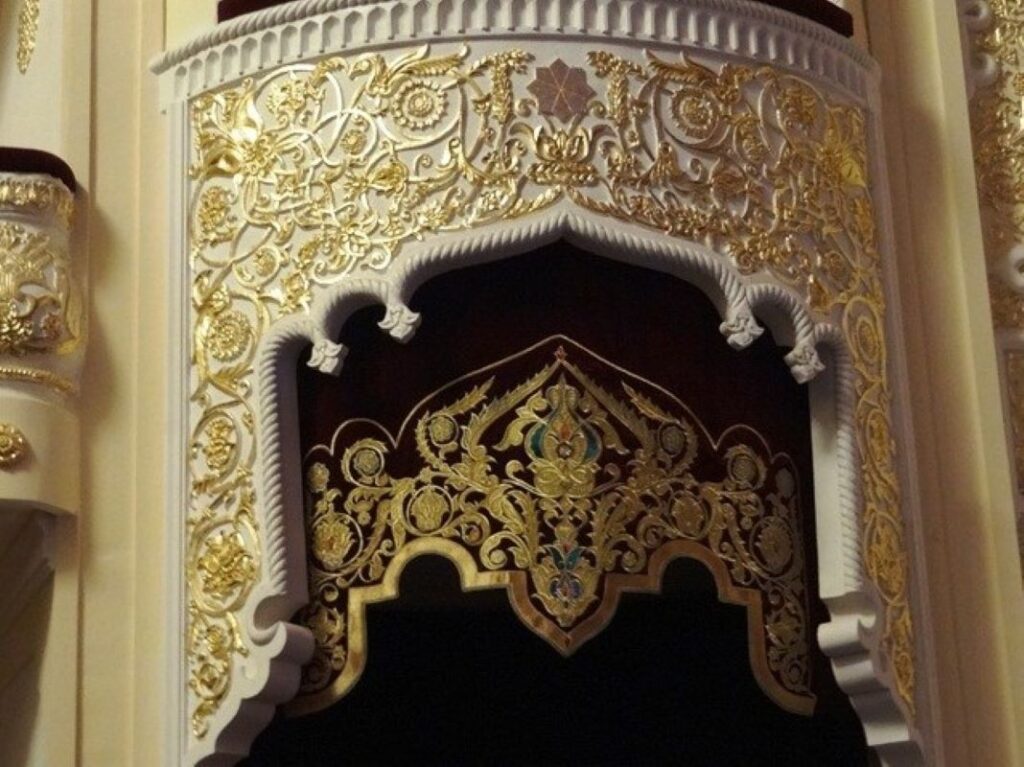
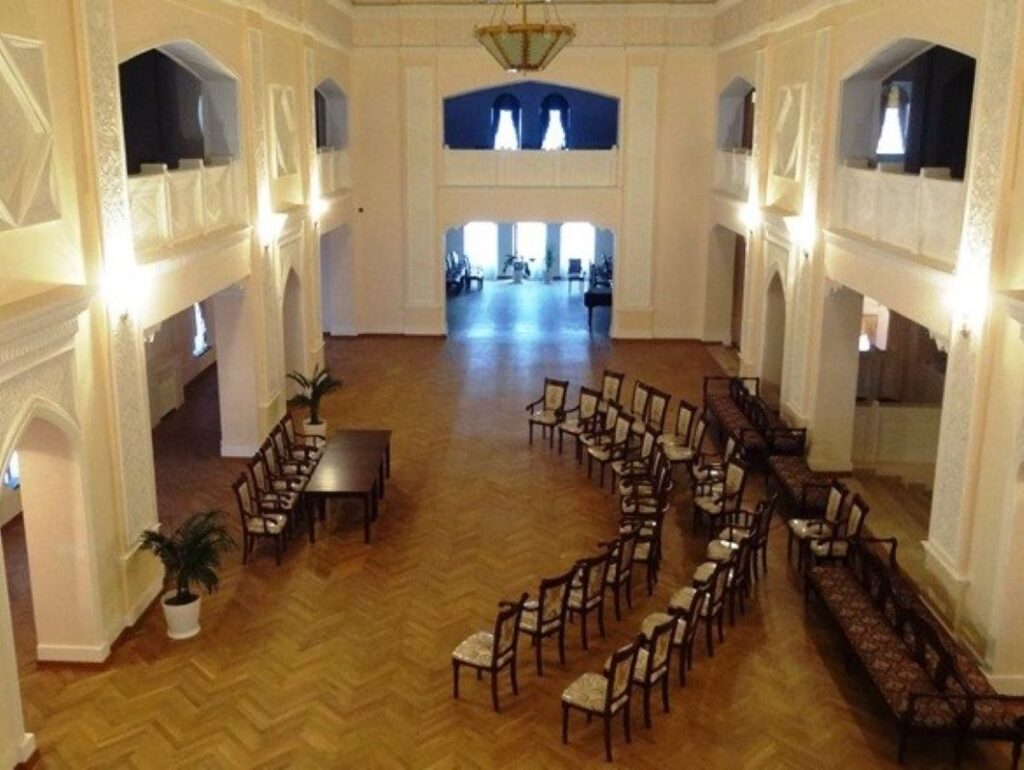
In the repertoire of the Theater, along with Uzbek performances (“The Tricks of Maysara” by Yudakov, “Buyuk Temur” by A. Ikramov, “Umar Khayyam” by M. Bafoyev, “The Way to the Throne” by N. Zakirov, “Tahir and Zuhra”, T. Jalilov) and world-famous classical opera and ballet productions (“Peak House”, “Eugene Onegin” by Tchaikovsky, “The Tsar’s Bride”, N.Rimsky-Korsakov, “Carmen”, J.Bizet, “Troubadour”, “Aida”, “Rigoletto” by J. Verdi, ballets – “Spartacus” by A. Khachaturian, “Don Juan” by L. Feigin, “Porgy and Bess” J. Gershwin, “Romeo and Juliet” by S. Prokofiev, “The Barber of Seville”, J.Rossini, Faust, S. Gounod, Giselle, A. Adan, etc.)
In the 1950s the repertoire of the theatre is enriched with new opera and ballet performances of national and world classics. One after another, new national plays appeared on the theatre stage, which became a landmark in the history of Uzbek musical culture, such as opera “Zaynab and Omon” by B. Zeidman, T. Sadykov, Y. Rajabi, D. Zakirov, ballets “The Dream” by I. Akbarov, “Oynisa” by D. Zakirov, B. Giyenko, new version of the opera “Ulugbek” by A. Kozlovsky. Special mention should be made of the opera “Dilorom” by M. Ashrafi (February 5, 1958) and the comic opera “Maysara’s tricks” by S. Yudakov (January 9, 1959), which still occupy a worthy place in the repertoire of the theatre and are the pearls of Uzbek opera music.
In the second half of the 1950s the inflow of new artistic forces into the theatre provided a significant growth of its artistic credibility. Young soloists who came to the scene of the theatre, in the first years of operation achieved significant success. Among them there are People’s Artists Saodat Kabulova, Sattar Yarashev, Honored Artists Oynisa and Rafaat Kuchlikovs, Leo Pinkhassov, Robert Borukhov, Asad Azimov, Sason Benyaminov, such masters of ballet as People’s Artists Galiya Izmaylova, Bernara Karieva, Vitaly Vasilyev, Ibragim Yusupov, such Honored Artists as Gulnara Mavaeva, Flora Kaydani, Klara Yusupova, Halima Kamilova, Todor Popescu, Svetlana Kolyvanova, Sonmas Burkhanov, Rajab Tanguriev, and Boris Zavyalov.
For great success in the development of musical and theatrical art, in 1959 the State Opera and Ballet Theatre named after A. Navoi was awarded the title of “Academic”, and in 1966 – the title of “Bolshoi”. Since then, the theatre has successfully justified its high name – the State Academic Bolshoi Theatre named after Alisher Navoi.

